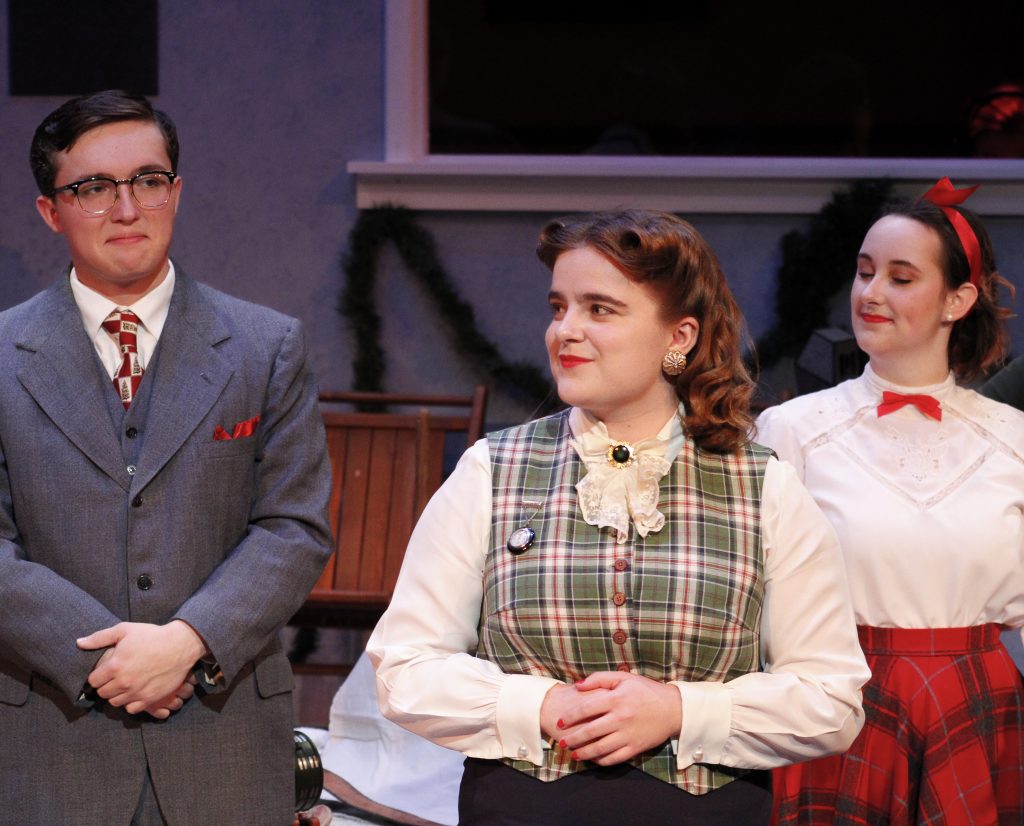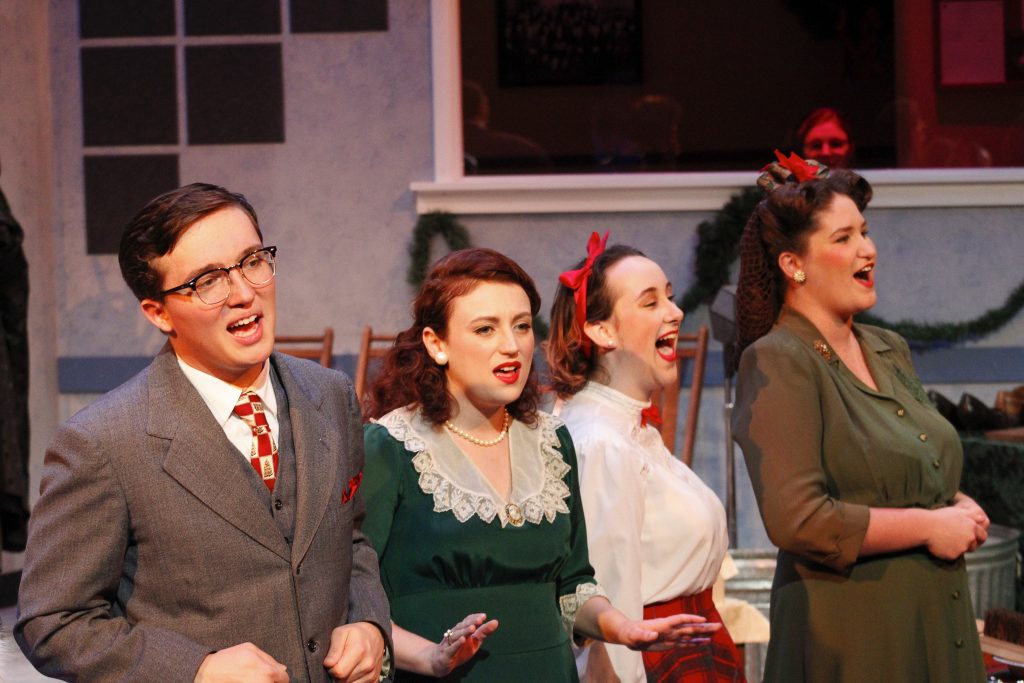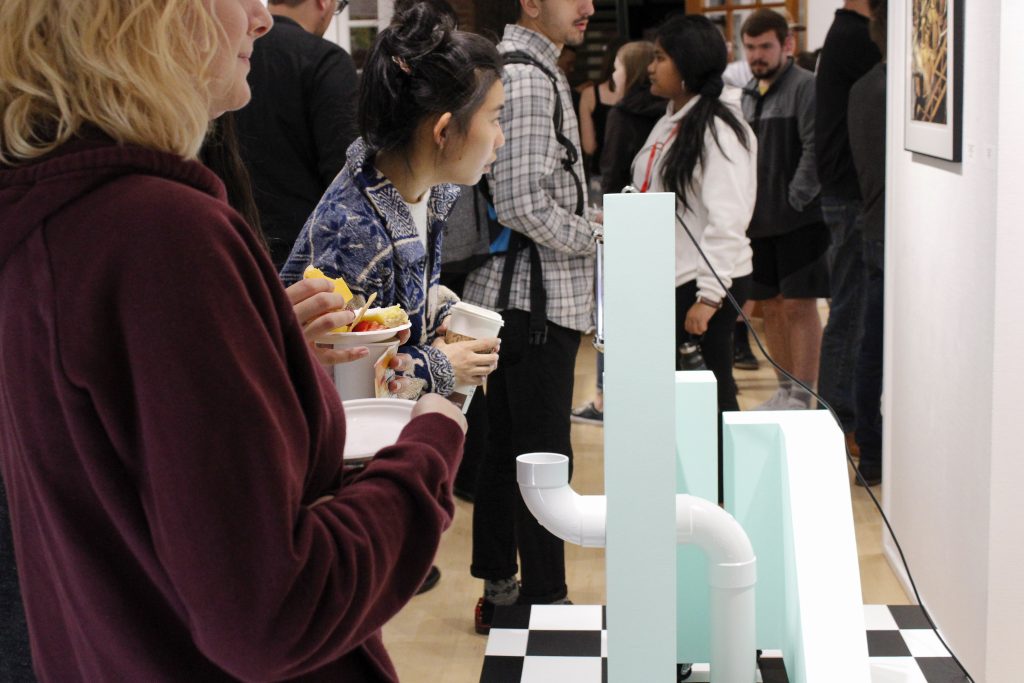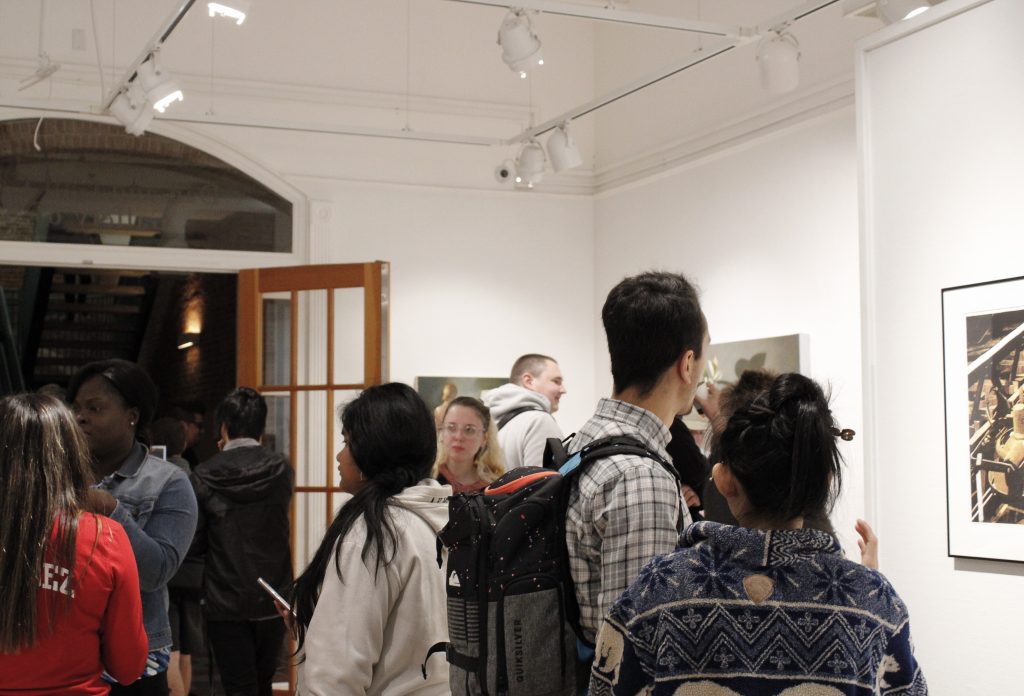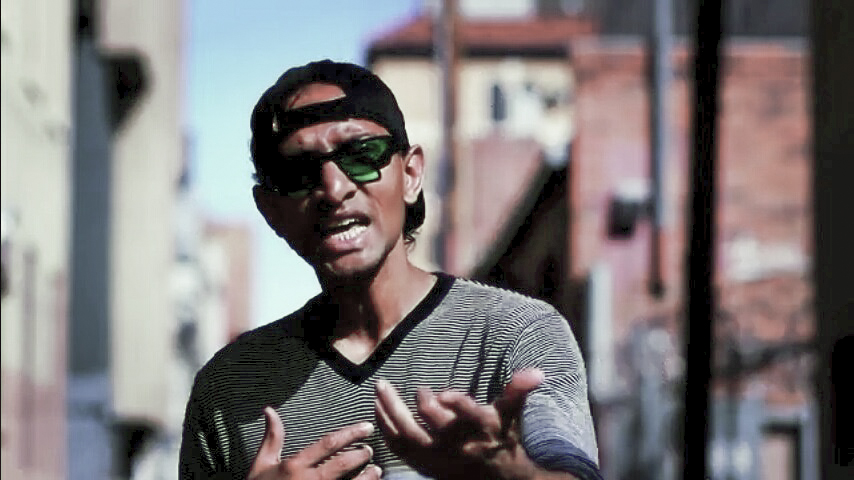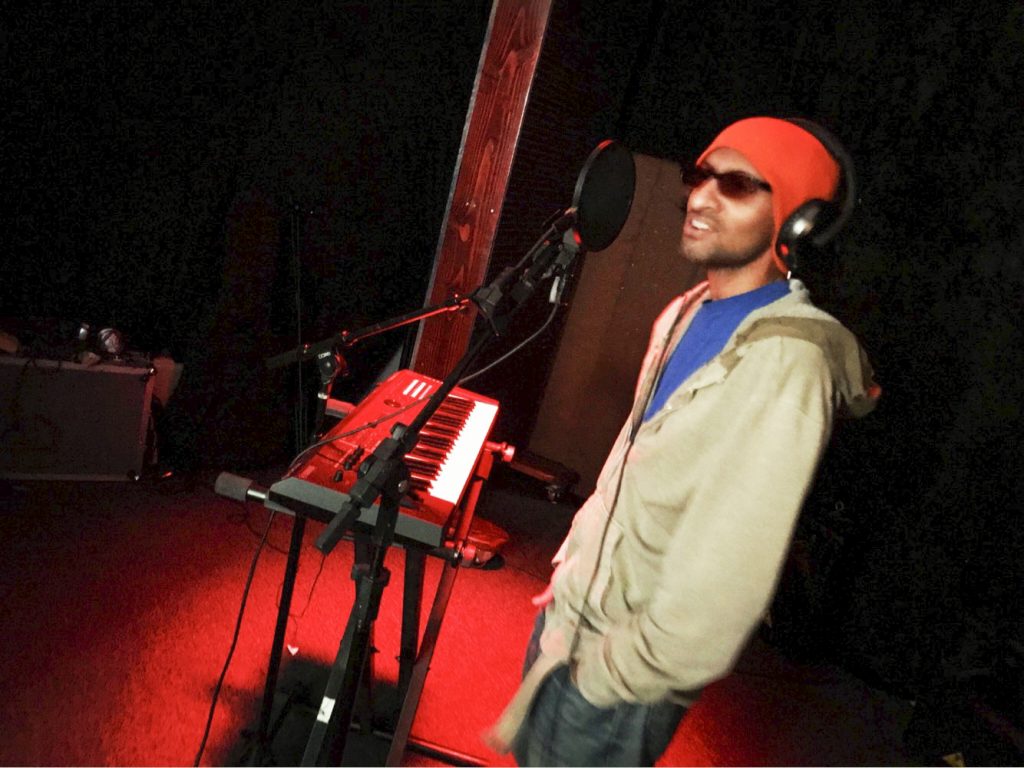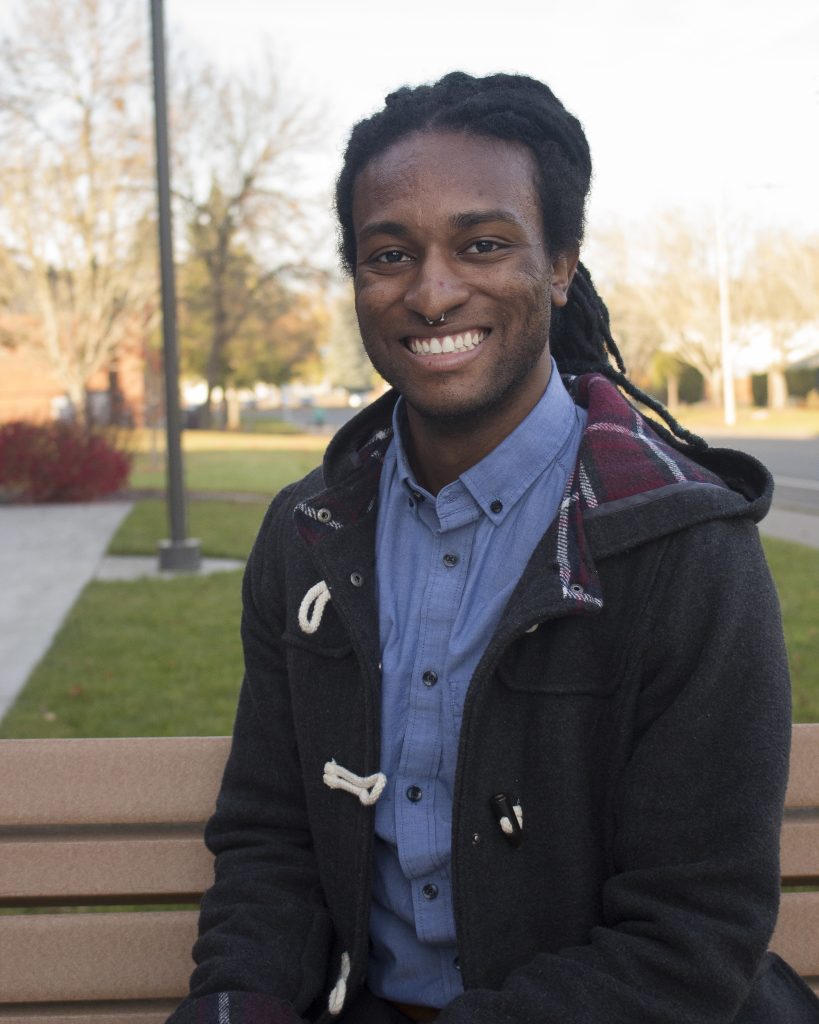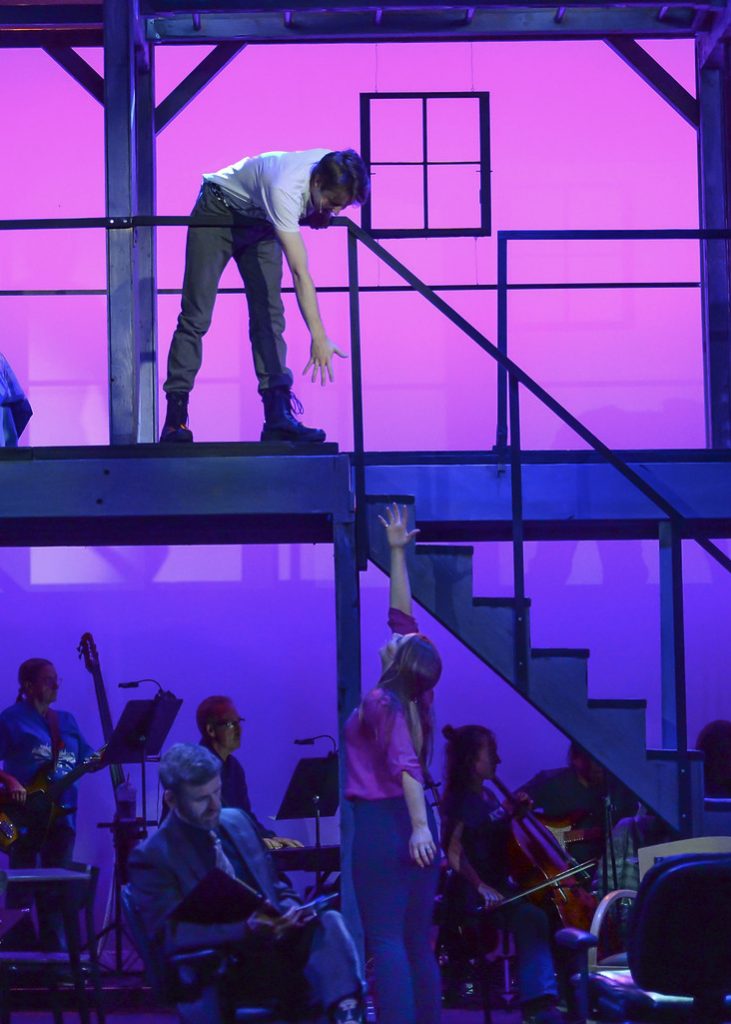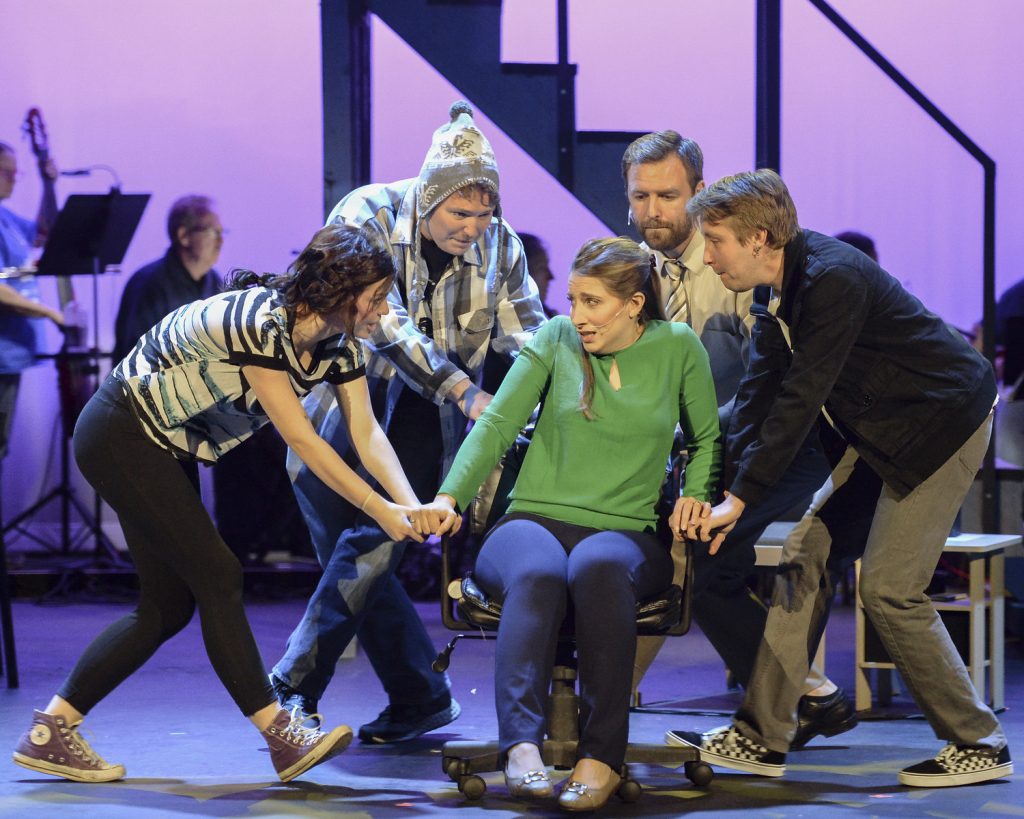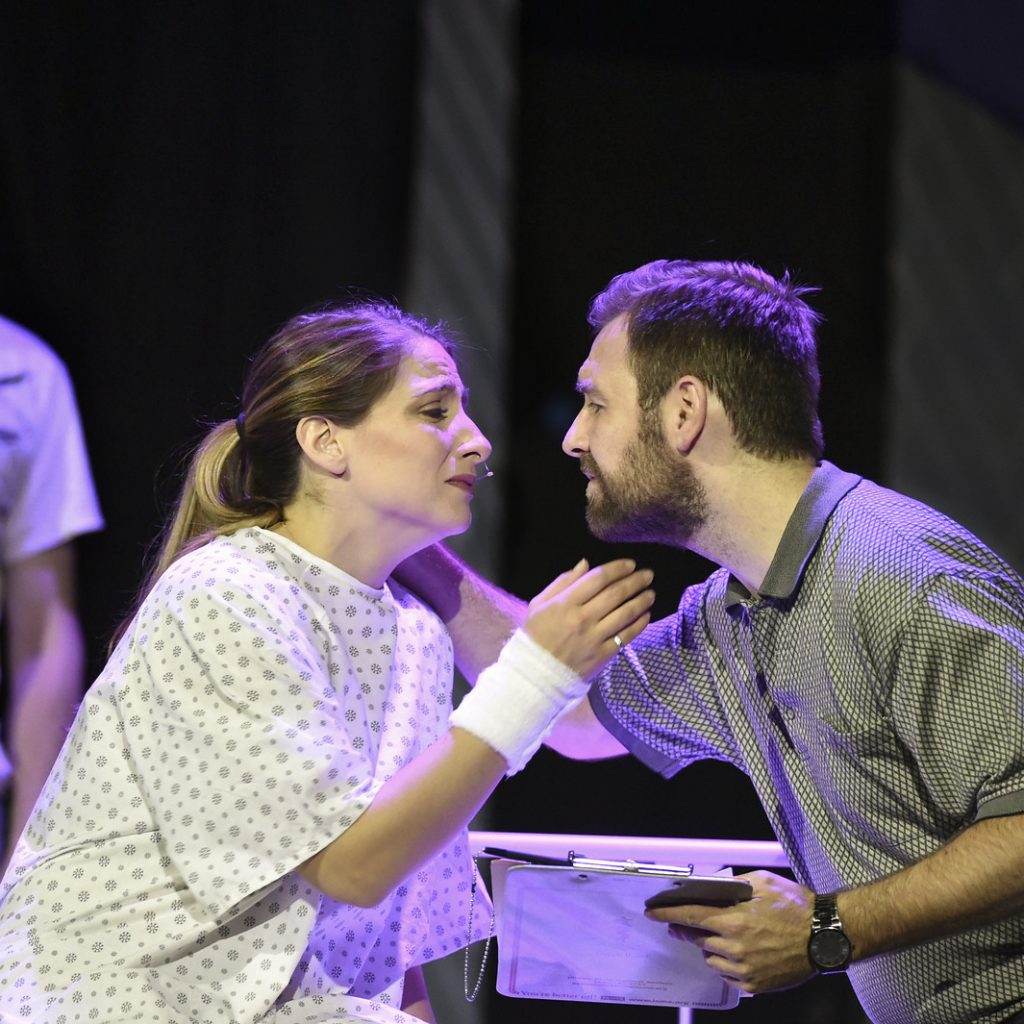Never Retallack | Entertainment Editor
Interested in hearing about a fellow classmate and a choir member here at Western? Look no further than this Q&A to get to know Tonya Bradley, a junior and vocalist at Western.
Q: How long have you been at Western? And what are you studying?
T: I’m a junior, this is my third year. And I’m studying Secondary Education with a concentration in Social Sciences with a focus in Sociology with a minor in French.
Q: And how are you involved in music?
T: Within the Western music department you are allowed to be in any of the ensembles no matter what your major is. I’m in Chamber Singers which you have to audition for either in the spring or in the fall. It’s a lot easier to start in the fall because you have a lot of music to learn.
Q: How long have you been part of the Chamber Singers?
T: I’ve been in Chamber Choir since Spring of my freshman year, and then I was in Concert Choir since Winter Term of that year (first-year).
Q: So you can be in multiple choirs?
T: Yes, there are three choirs and you can be in all three. The Concert Choir is a non-audition group that is mainly classical music, but can sometimes do some pop stuff. Chamber Singers which is mostly classical, and Voices which is mostly Jazz.
Q: What style of music do you usually prefer?
T: I like the classical because you get to learn a lot of different languages, and there’s a lot of different techniques you get to learn and it is kind of the foundation of every other form of music. I also have done classical for my whole life so…
Q: So how long have you been studying music?
T: I started violin in third grade and took it all the way through my senior year in high school, unfortunately I don’t have time to take string ensemble and choir at the same time, so I don’t do both here (Western).
Q: When did you start training when it comes to singing?
T: I started choir my freshman year of high school, and took voice lessons as a sophomore, but I stopped taking them because they take a lot of time and money.
Q: Do you prefer singing over violin?
T: I do, because I feel like I get to be more creative with it and I don’t have to just stick with what’s already written on the page — I get to do more improvisation. And within the choir I am a Soprano 2.
Q: What is your favorite part about being involved with music?
T: You get to meet so many new people, and it’s a creative release for me and I when I am involved in the choir here (at Western) I feel like it improves my mental health and my school performance. It’s really important for me mentally, to keep me sane taking all my other classes.
Q: What is your least favorite part of the music world?
T: Probably just the amount of rehearsals, and the amount of personal practice I have to do to stay at the same level as everyone else, because I have a lot of trouble with rhythm so I have to spend a lot of my own time to practice. This can sometimes take away from my school work.
Q: If there is anyone interested in joining the choir what would you tell them?
T: I would tell them it’s an awesome idea; we got a new professor last fall and he is amazing. I think the choir has improved a lot and we get to do cool performances, like going to the Capitol — it’s a good experience and I think they should talk to him (Dr. James Reddan).
Q: For those interested in listening to the choir what should they look out for?
T: For Chamber Singers and Concert Choir we have a performance Dec. 3 at 7:30 p.m. in Rice and tickets are available now for anyone who calls the box office.
Contact the author at howlentertainment@wou.edu



